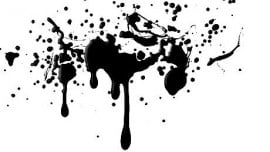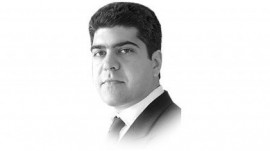
But inequality is not a new phenomenon; it has been a central feature of cities even in the medieval era where the rich and poor lived side-by-side in walled cities. If the city was divided along spatial class divide in the bygone era, it is now shaped more by the logic of the market than the needs of its inhabitants, in a globalised capitalist world, giving birth to newer types of inequalities.
The economic restructuring, the shift from labour-intensive production to capital-intensive production and from manufacturing to services has expanded informalisation. City centres are being gentrified – for instance eviction of hawkers and rickshaw-free zones – to attract global investment capital and the poor are being pushed into the slums and to the periphery, making them outsiders in their own cities. Though the problem persists everywhere, it is more pronounced in cities of the developing world. Karachi perhaps takes the cake for being the only city in the world where no public buses are allowed in the business centre of the city, I I Chundrigar Road, making it difficult for poor people to access capital and people with capital.
In terms of population Karachi is one of the fastest growing cities in the world and the ratio of inequality is growing just like its population. There is disparity in terms of access to everyday necessities such as drinking water, schools, clean neighbourhoods and safety. The inequality becomes more pronounced in times of distress such as deteriorated law and order situation and natural calamities. Before Cyclone Phet hit the shores of Keti Bunder there was warning that it may hit Karachi. While the affluent citizens were busy planning cookouts to celebrate the rain, thousands of citizens were dreading flooding and electrocution. This exposes the normally hidden caveats in the city administration’s capacity to deal with contingencies and the cavalier attitude of its well-heeled citizens who, instead of assisting people in the less well-off neighbourhoods, were busy storing up fuel for their generators. Last year over 25 people died and 150 injured due to rain in the most modern and cosmopolitan city of Pakistan. This is not counting the number of children who contracted water-borne gastroenteritis that afflicts slum dwellers every year after rains. For how long will people continue to die of electrocution because of faulty wiring and drown in open manholes which they cannot see in the rain?
A lot of important responsibilities of the state in responding to the needs of urban citizens are now transferred to non-state agents, who do not hold any accountability to the public, making the city a place of extremes — of immense wealth and poverty, of comfort and misery, cosmopolitanism and communalism, hygiene and disease, hope and despair. The question that we all need to ask is if we can continue to live in a city that renders millions of its poorer citizens ‘outsiders’. Such a stark divide usually leads to anarchy; can we afford more anarchy or do we need to make it a more inclusive city?
Published in the Express Tribune, June 11th, 2010.







































COMMENTS (2)
Comments are moderated and generally will be posted if they are on-topic and not abusive.
For more information, please see our Comments FAQ